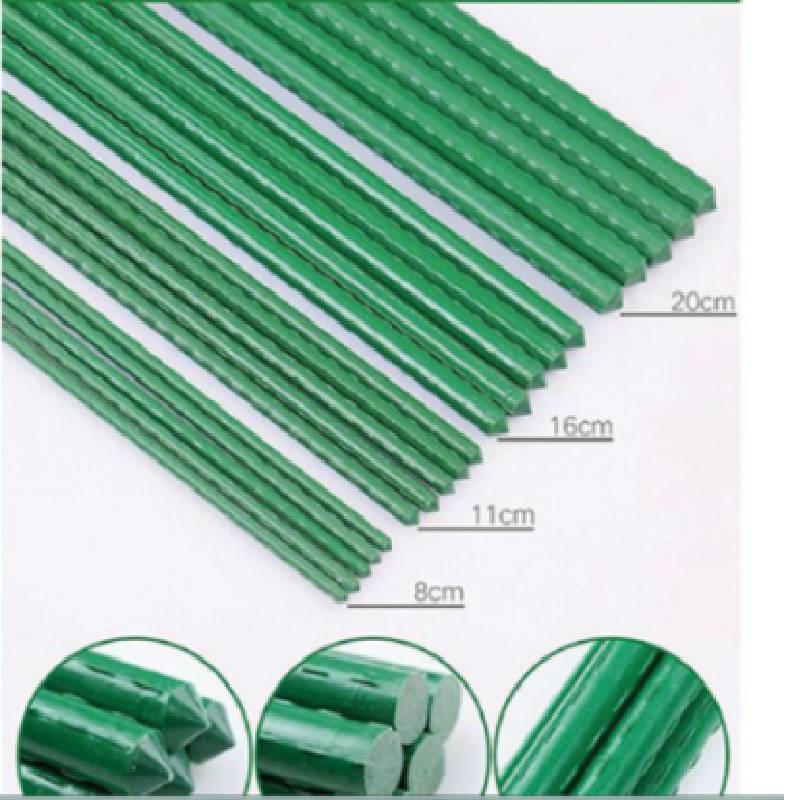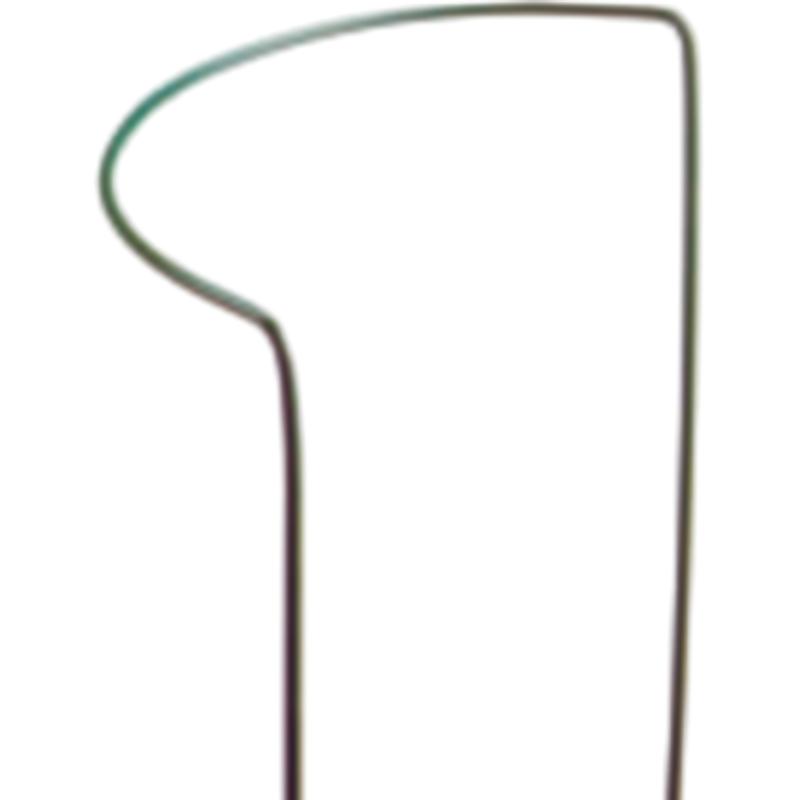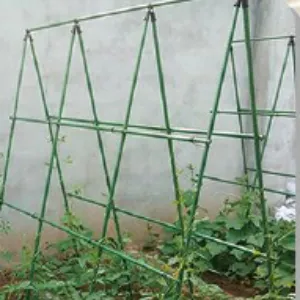-
Email:zhao@hyliec.cn
-
Tel:+86 311 85273988
-
WhatsAPP:8613931128750
Garden Plant Supports - Sturdy, Adjustable, Rust-Resistant
Field notes from the plot: choosing the right garden plant supports
If you grow tomatoes, peonies, or those unruly cucumbers, you already know: structure is everything. I’ve tested a heap of stakes and rings over the years; some flop by midsummer, others last for seasons. These come out of China with a steel core and a PVC jacket—simple, robust, and (to be honest) far better than bamboo in wet summers.

What’s trending in 2025
- Thicker PVC coats for longer outdoor life (and less sun-chalking).
- Modular rings/clips so you can reconfigure mid-season. Surprisingly handy.
- Textured, anti-slip surfaces—gloves on, no problem.
- Greener chemistry: low-VOC coatings, REACH-compliant formulas.
For context, modern garden plant supports now target 5–8 growing seasons of service life, depending on UV exposure and soil moisture. Real-world use may vary, but the gap with old wood stakes is night and day.

Key specifications (the stuff that matters)
| Core material | Carbon steel (drawn rod) |
| Coating | PVC, UV-stabilized, lead-free |
| Diameter options | ≈ 6–16 mm |
| Lengths | ≈ 60–240 cm (custom on request) |
| Load rating | ≈ 20–40 kg/pole (vertical, lab) |
| Coating thickness | ≈ 0.5–1.0 mm |
| Colorways | Green standard; black/brown/white optional |
| Origin | China |
| Service life | ≈ 5–8 seasons outdoors |

How they’re made and tested
Process flow, in brief: steel rod selection → wire drawing → cut-to-length → ring/weld (for hoops) → PVC extrusion coat → curing → 100% visual → batch tests → packaging with lot traceability. It’s not rocket science, but consistency matters.
- Adhesion: ASTM D3359 cross-hatch, typically 4B–5B results [1].
- Corrosion: ISO 9227 neutral salt spray, 720–1000 h to red rust on cut edge, none on intact coat [2].
- UV weathering: ISO 4892-2, ΔE color shift kept ≤ 2.0 after 500 h (lab) [3].
- Chemical compliance: REACH SVHC and RoHS declarations available [4].
Applications: home gardens, commercial greenhouses, municipal landscaping, farm trellising, and, oddly enough, some retail visual merchandising (vines in window displays—nice touch).
Why growers pick garden plant supports like these
- Rigid steel core won’t bow under fruit load.
- PVC jacket protects against rust and is kinder to stems.
- Textured finish holds ties; glove-friendly.
- Reusable; easy to hose down at season’s end.

Customization options
OEM color matches, private-label packaging, custom diameters/lengths, bundled kits (stakes + clips + rings). MOQ tends to start around one pallet per size, but I’ve seen flexibility off-season.
Vendor snapshot (real-world differences)
| Vendor | Coating (≈ mm) | Load (≈ kg) | Salt Spray (h) | Lead Time | Certs | Price Index |
|---|---|---|---|---|---|---|
| Hyliec | 0.8 | 35–40 | 900–1000 | 20–30 days | ISO 9001, REACH, RoHS | $$ |
| Vendor A | 0.5 | 25–30 | 600–720 | 25–40 days | REACH | $ |
| Vendor B | 1.0 | 40+ | 1000 | 35–45 days | ISO 9001 | $$$ |
I guess it comes down to: do you want maximum longevity, or a cost-optimized pick for lighter crops? For most gardeners, mid-tier garden plant supports hit the sweet spot.

Mini case notes
- Urban CSA, Leeds: swapped bamboo for garden plant supports (8 mm, 180 cm). Tomato collapse incidents dropped to zero; reuse rate after wash: 96% by count.
- Retail chain, Pacific NW: brown colorway blended into display gardens; fewer customer returns due to coating scuffs (store QA reported “noticeably better”).
Care tips
Rinse at season’s end, store out of direct sun, avoid solvent cleaners. If you nick the jacket, cap it with tape to block moisture ingress. Little habits, big lifespan.
References
-
Pro-Grade Tools for Fence: Durable, Efficient, Easy Install
NewsNov.17,2025
-
Ornamental Wrought Iron Fence Panels - Durable & Custom
NewsNov.17,2025
-
Field Fence for Sale – Galvanized Wire, Heavy-Duty Rolls
NewsNov.17,2025
-
Durable Garden Trelis | Weatherproof, Easy Install, Metal
NewsNov.17,2025
-
3d panel fence | rigid, anti-rust, quick-install security
NewsNov.17,2025
-
Trace Post Tracking — Real-Time Multi‑Carrier Parcel Updates
NewsNov.10,2025
